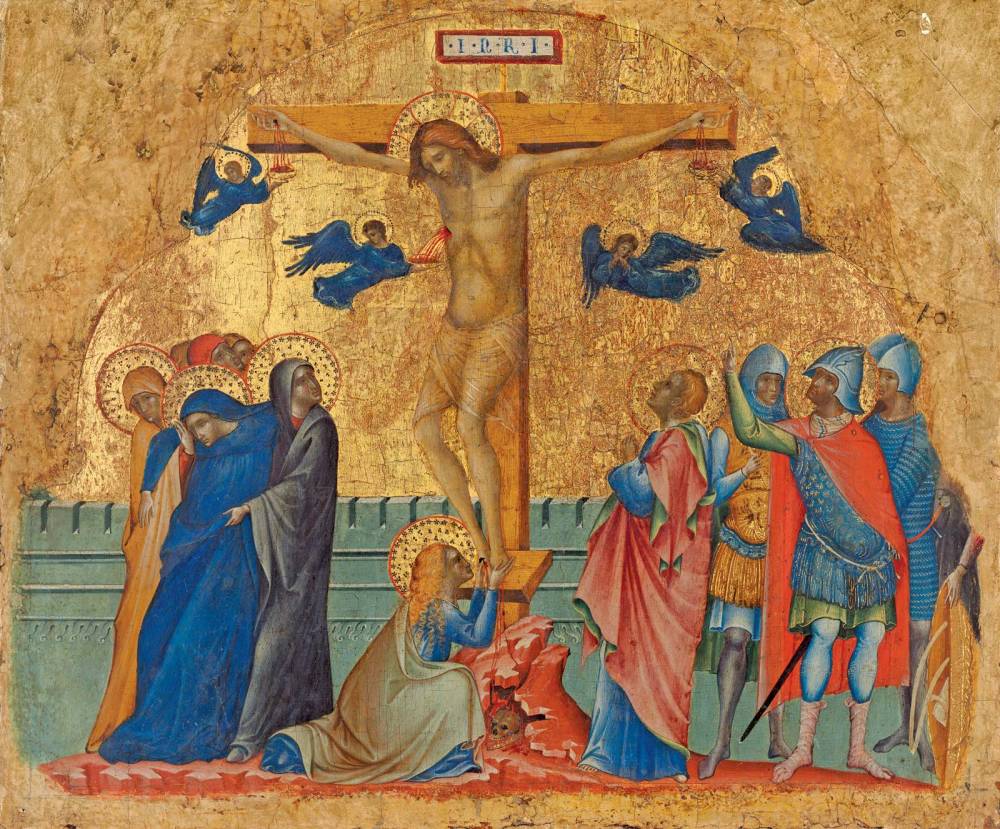


Good Friday,
the Friday before Easter, the day on which Christians annually observe the commemoration of the Crucifixion of Jesus Christ. From the early days of Christianity, Good Friday was observed as a day of sorrow, penance, and fasting, a characteristic that finds expression in the German word Karfreitag (“Sorrowful Friday”).
Following the Synoptic Gospels (Matthew, Mark, and Luke), the mainstream of Christian tradition has held that Jesus’ last meal with his disciples on the evening before his Crucifixion was a Passover seder. That would place the date on which Jesus died on 15 Nisan of the Jewish calendar, or on the first day (starting at sundown) of Passover. According to the Gregorian (Western) calendar, that date would be April 7. (The Gospel According to John, in contrast, holds that Passover had not yet begun when Jesus’ final meal was held, which would place the date of Jesus’ death on 14 Nisan.) Christians, however, do not commemorate that fixed date. Instead, they follow the apparently flexible date of the Passover—which conforms to the Jewish lunisolar calendar rather than the Gregorian solar calendar—by relating the Last Supper to the seder. Although that assumption is problematic, the dating of both Good Friday and Easter has proceeded on that basis. Thus, Good Friday falls between March 20, the first possible date for Passover, and April 23, with Easter falling two days later. (See also Paschal Controversies.)
The question of whether and when to observe Jesus’ death and Resurrection triggered a major controversy in early Christianity. Until the 4th century, Jesus’ Last Supper, his death, and his Resurrection were observed in one single commemoration on the evening before Easter. Since then, those three events have been observed separately—Easter, as the commemoration of Jesus’ Resurrection, being considered the pivotal event.